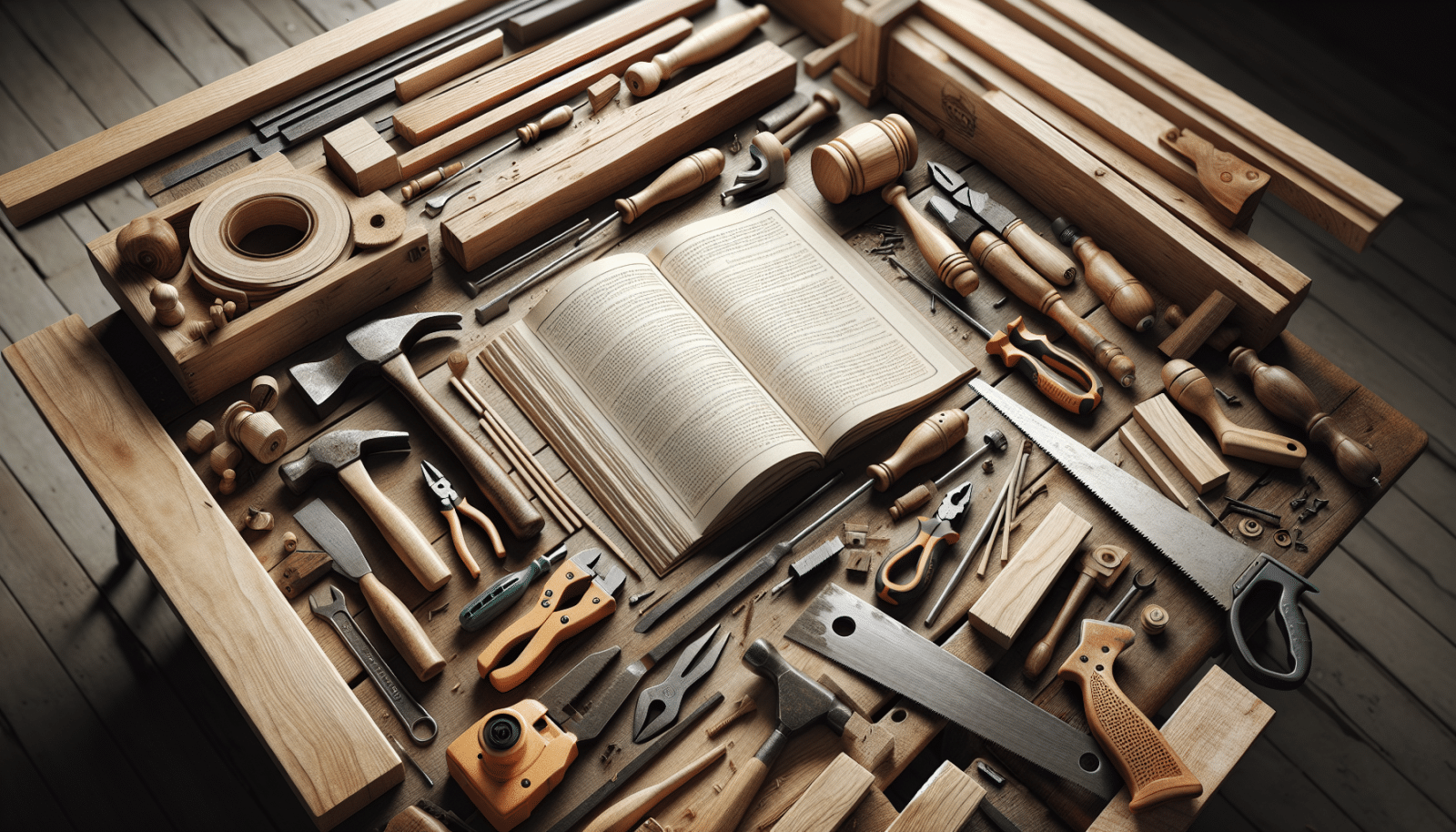Carpentry is a rewarding and creative endeavor, but it can also be fraught with challenges, especially if you’re a DIY enthusiast intent on tackling projects around your home in Arizona. At East Valley Handyman, I have witnessed countless homeowners make easily avoidable carpentry mistakes, leading to more headaches than they bargained for. But don’t worry! I’m here to share experienced insights to help you steer clear of common pitfalls, ensuring your carpentry projects in Chandler, Gilbert, Mesa, Tempe, Queen Creek, and Apache Junction are not only successful but enjoyable too.
Understanding Wood Types
Choosing the right wood type is crucial to the success of your carpentry projects. Different woods have different properties, which can impact your project’s durability and appearance. Softwoods, such as pine, are often cheaper and easier to work with but may not hold up well under stress. Hardwoods like oak are stronger and more durable but can be more challenging to cut and shape. Thus, understanding the characteristics of the wood type you select is essential in achieving a long-lasting and beautiful finish. Make sure you research or consult with a professional before beginning your project to ensure you’re using the best wood for your needs.
Measuring Twice, Cutting Once
You’ve probably heard the adage, “measure twice, cut once.” It’s brilliant advice that can’t be overstated in the world of carpentry. When working on any project, especially detailed ones, even the slightest measurement error can result in significant setbacks. Ensuring your measurements are accurate means your project pieces will fit together like a puzzle. Double and triple-check all measurements, using a reliable tape measure to avoid costly mistakes. A little extra effort here can save tremendous amounts of time and resources.
Using the Right Tools
Carpentry involves a wide array of tools, and using the appropriate ones for your specific task cannot be emphasized enough. While it’s tempting to make do with what you have, using incorrect tools can lead to poor results or even damage your materials. Invest in quality tools that match your skill level and specific project needs. Power tools can expedite your work but ensure you’re familiar with their operation to prevent accidents. Equipping yourself with the right tools is like giving yourself a seasoned assistant.
Proper Fastening Techniques
Knowing the techniques for fastening materials is essential for creating stable and strong structures. Different materials may call for different screws or nails, and knowing which to use when can impact your project’s durability. Over time, improper fastening can lead to a structure weakening or coming apart altogether. Experiment by practicing on surplus wood pieces and tap into online resources or tutorials. This is where developing your technique and expanding your expertise can pay off in a big way.
Aligning with Building Codes
Compliance with local building codes is neither optional nor just paperwork. It safeguards your work, ensuring it’s not only aesthetically pleasing but secure and regulation-adherent. Be sure to research the necessary permits and guidelines for your project beforehand. Although it might appear extra work, understanding the local building requirements prevents any unpleasant surprises or fines down the line. It’s vital to remember that adhering to these regulations is a small step that can avoid future legal issues.
Finishing Touches Done Right
Applying finishing touches such as varnishes, stains, or paints is what gives your project that polished look. It’s important to apply these finishes with care and precision for an even and professional appearance. Begin by sanding surfaces smoothly for better adhesion before applying finishes. This process not only enhances the aesthetics but also provides protection from wear and the elements, prolonging the life of your project.
Common Carpentry Mistakes: A Quick Rundown
- Underestimating Project Time: Many DIYers forget to factor in unexpected delays, leading to rushed and compromised results.
- Ignoring Safety: Safety gear is not optional. Neglecting proper precautions can lead to injuries.
- Skipping Plans: Without a solid plan, projects can become chaotic and frustrating.
- Wrong Wood Selection: Using unsuitable wood can jeopardize the project’s integrity and appearance.
- Not Checking Hardware: Incompatible screws or nails can cause structural failures.
Choosing East Valley Handyman
Navigating a successful carpentry project can be overwhelming, and that’s where I come in. At East Valley Handyman, my vast experience with local projects is your secret weapon. Whether you’re building furniture, renovating a home space, or crafting unique art pieces, choosing a seasoned partner ensures the success you’re looking for. My knowledge of local conditions, from humidity to temperature variations, allows me to guide you in avoiding common carpentry errors for an impeccable finish.
Reach Out for Advice
While DIY carpentry projects can be fulfilling, sometimes seeking expert advice can save you from potential issues. Whether it’s choosing the right materials, understanding building codes, or troubleshooting, don’t hesitate to reach out. Guidance from a professional can provide peace of mind and ensure your project meets the highest standards. Remember, every skilled craftsman was once a novice with endless questions!
Your Carpentry Journey Begins
Avoiding common mistakes in carpentry sets you on the path to becoming a skilled craftsman. Through this journey of learning and practice, you can create stunning and long-lasting results. Remember, patience and precision are your allies. At East Valley Handyman, I’m here to support you every step of the way. For more personalized help, call me at 480-500-6935 or Request a Free Quote.




